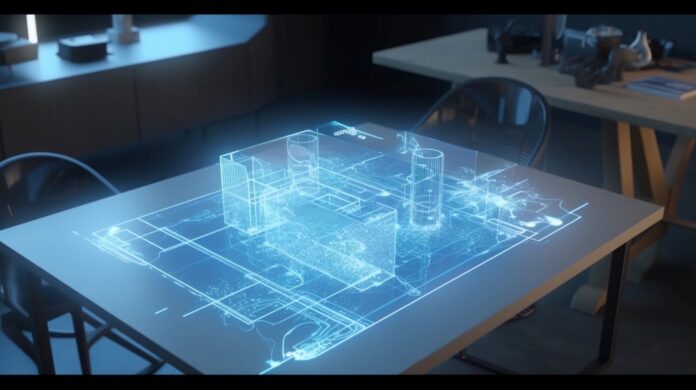Holography, the mesmerizing art of creating lifelike three-dimensional images, has captured the imagination of scientists and artists alike. By harnessing the power of laser technology, holography enables us to transcend the limitations of traditional two-dimensional imagery and immerse ourselves in captivating visual experiences. In this article, we delve into the rich history, fundamental principles, intricate processes, diverse applications, and promising future trends of holography, emphasizing the transformative potential unleashed by laser technology.
Historical Background of Holography
Holography boasts a remarkable lineage that traces back to the early experiments conducted by visionaries like Dennis Gabor. However, it was the advent of the laser that propelled it into a realm of boundless possibilities. The laser’s coherent light source revolutionized hologram technology, empowering it as a precise and viable technique for crafting stunning three-dimensional images. Throughout the years, relentless pursuit and innovation have led to breakthroughs in holographic methodologies, expanding the frontiers of this awe-inspiring art form.
Principles of Holography
At the heart of holography lie the principles of wavefront interference. By capturing the intricate interplay between a reference beam of light and the light scattered from an object, holograms are born. These holograms imprinted onto photosensitive mediums, preserve the essential information required to reconstruct vivid three-dimensional images. Holograms can be categorized into transmission, reflection, or hybrid types, each possessing unique characteristics that render them suitable for specific applications.
The Holographic Process
The holographic process unfolds through three distinct stages: capture, processing, and reconstruction. During the capture stage, holograms are meticulously recorded using specialized equipment and techniques. The processing stage encompasses the development of holograms, achieved through either chemical processing methods or digital manipulation via computer-generated holograms. Finally, in the mesmerizing reconstruction stage, the hologram is bathed in light, breathing life into the ethereal three-dimensional image and captivating viewers with its immersive presence.
Applications of Holography
Holography finds diverse applications across various fields, unlocking novel avenues of innovation and expression. In the realm of entertainment and advertising, holographic displays unleash breathtaking visual effects, transporting audiences into otherworldly realms of wonder. In the realm of medicine, holography revolutionizes imaging and diagnostics, enabling cutting-edge techniques such as holographic microscopy and three-dimensional medical imaging. Furthermore, holographic data storage and encryption offer tantalizing prospects for secure, high-capacity information preservation and transfer.
Advancements and Future Trends in Holography
The relentless march of technology propels holography into an exciting future of innovation. Pioneers in the field are relentlessly exploring emerging technologies that promise high-resolution holographic displays, elevating the realism and quality of holographic imagery to unprecedented heights. The integration of holography with augmented reality (AR) and virtual reality (VR) opens up an entire realm of interactive holographic experiences, where reality and imagination coalesce. The potential impact of holography on communication, education, and design is immense, promising groundbreaking and immersive solutions that will shape the way we perceive and interact with our surroundings.
Challenges and Limitations of Holography
Despite its immense promise, holography encounters its fair share of challenges. The cost and complexity of holographic systems remain significant barriers to widespread adoption. Additionally, achieving accurate color reproduction and wide viewing angles in holographic displays presents ongoing technical hurdles that demand innovative solutions. Scalability and mass production of holographic displays necessitate further development to make holography accessible to a broader audience, transforming it from a niche art form into a mainstream medium of expression and communication.
Conclusion
Holography, empowered by the radiant embrace of laser technology, revolutionizes the creation of three-dimensional images, forever altering the boundaries of visual representation. From its humble beginnings to its current state, holography has been a relentless force, pushing the frontiers of our perception and enabling us to explore new dimensions of reality. Its applications in entertainment, medicine, and data storage unveil uncharted realms of possibilities. As technology advances, it is poised to reshape communication, education, and design, inviting us to embark on immersive journeys beyond our wildest dreams. The art of holography evolves ceaselessly, beckoning us to venture further into the realms of visual expression and perception, where the ethereal merges with the tangible, and imagination become reality.
And as always folks if you would like to read some of the latest articles in Hindi be sure to check out the Mojo Patrakar. Also, check out the latest article The Role of Ethical Hacking Education: Preparing Cybersecurity Professionals for the Digital Age.



